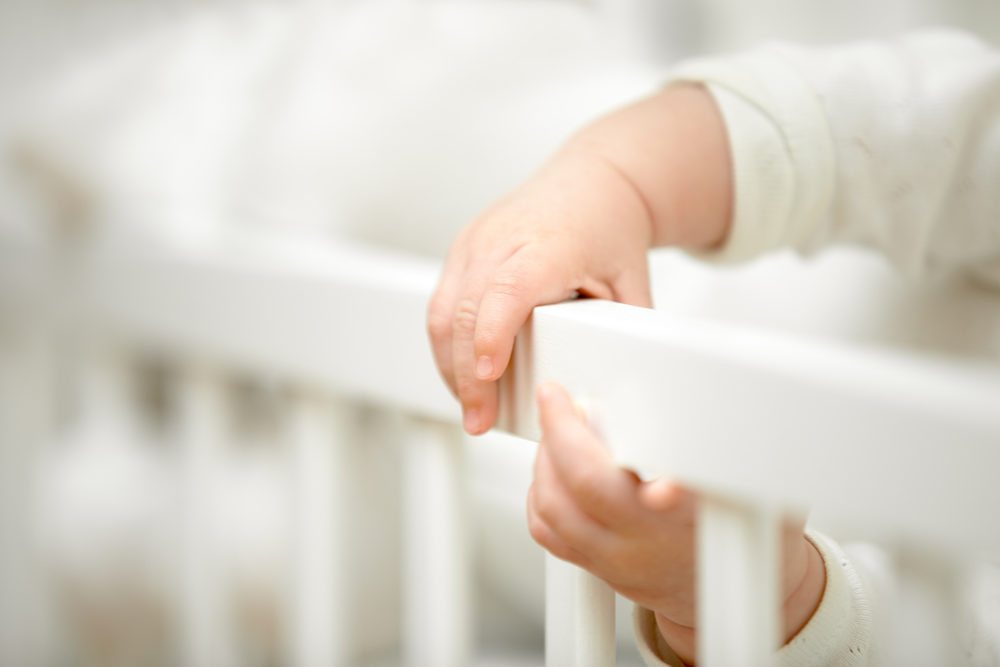Infant Nursery Furniture Injuries Increase Steadily: Study

More than 66,000 children under the age of three are injured every year by nursery furniture and products, according to the findings of a new study.
Researchers with the Center for Injury Research and Policy at the Research Institute at Nationwide Children’s Hospital found that nearly 1.4 million children under the age of three sustained injuries from nursery products and had to be treated in the nation’s emergency rooms (ER) from 1991 to 2011.
The findings were published in the March issue of the medical journal Pediatrics, analyzing data from the National Electronic Injury Surveillance System, which includes information compiled by the U.S. Consumer Product Safety Commission. The information included injuries of patients under the age of three associated with nursery products over a 21-year study period from 1991 to 2011.

Did You Know?
Millions of Philips CPAP Machines Recalled
Philips DreamStation, CPAP and BiPAP machines sold in recent years may pose a risk of cancer, lung damage and other injuries.
Learn MoreOverall, 1.4 million nursery product-related injuries among children under three occurred during that time. That averages to more than 66,000 injuries each year.
More than 80% of injuries were sustained from infants falling. Nearly half of the injuries, about 47%, involved a head or neck injury.
About 19% of the injuries were associated with baby carriers, including carriers worn on the body and car seat-style carriers. Another 18% involved crib mattresses, 16% were caused by strollers, and 16% sustained in baby walkers, jumpers or exercisers.
More than half of all infants were under the age of one when they were injured. The highest proportion of injuries, about 35%, occurred among infants six months to 11 months old. More boys, 55%, sustained injuries than girls.
More than 88% of injuries occurred inside the family home, highlighting the many dangers children face around the house.
The annual injury rate during the 21 year study period decreased by 34% from 1991 to 2003. However, the injury rate also increased by 24% from 2003 to 2011.
Researchers said the decrease was driven by a decrease in baby walker, jumper and exerciser injuries. The later increase was spurred by concussions and closed head injuries. They also noted the injury rate for more recent years, after 2011, may decrease, driven by more stringent safety guidelines enacted after 2011.
From 2009 to 2012, nursery products were the leading children’s products recalled in the U.S. Up to 80% of those products remained in consumer households after the recall.
This is the first study to focus on injuries occurring nationally caused by a broad range of nursery products, instead of one specific type of product. Researchers warn that focused efforts to prevent injuries are needed to help protect young children.
Researchers recommend that consumers always conduct research and check recalls before purchasing a product. Often the newest products are the better choice because they are manufactured using improved safety standards. They recommend consumers also register the new product after purchasing and read the manual to understand how to properly operate the product.
If using a second hand product, the researchers recommend checking for recalls and defects. For cribs, check to make sure it was made after 2011, when safety standards were strengthened and banned drop-side cribs.
Get more articles like this sent directly to your inbox.
"*" indicates required fields





0 Comments